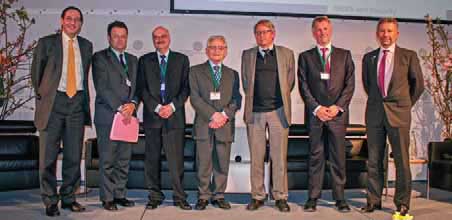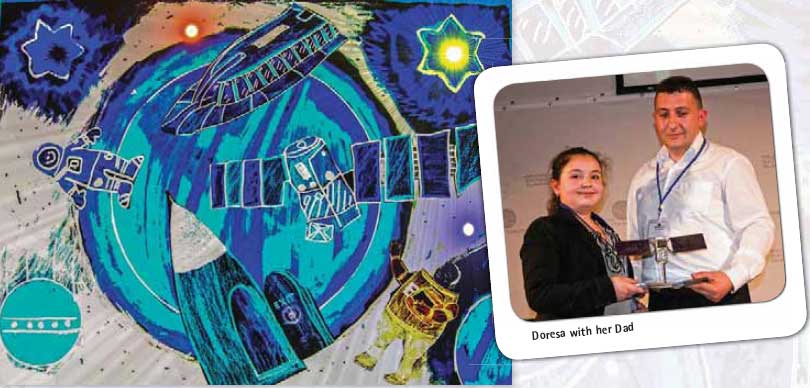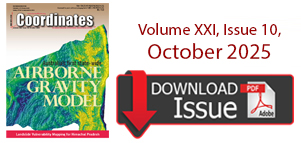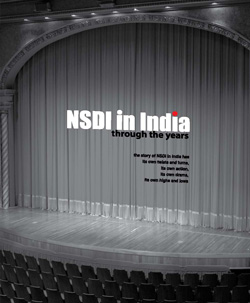
The determination of the coordinates of a point on the earth surface with high accuracy is a real contemporary challenge. Although we are today (2011) equipped with arsenal of unprecedented electronic surveying devices (GPS) receiving positional signals from dozens of satellites orbiting the earth in addition to online public and private geodetic networks broadcasting measurement enhancement, we still didn’t reach the required positional accuracy over our earth globe.

GNSS 2D positioning accuracy is well defined. According to the receiver model, the software, the positioning Mode, the available corrections used, the 2D positioning accuracy vary from few meters to mm. However the altimetry positioning with GNSS is less accurate than 2D one. Without an accurate Geoid reference earth surface, the levelling survey by GNSS couldn’t be done with sufficient accuracy needed for several fields of survey like construction or water management projects.

The Blue Book for Maritime Policy (European Commission, 2007), the Communication “Marine Knowledge 2020” (2010) and the Directive 2007/2/ EC of the European Parliament and the Council (INSPIRE Directive) are examples that recognize the importance of establishing an appropriate marine data and information infrastructure.

To the existing tracts on the adaptivity theme I wish to offer my own observations. As musings prompted by one individual’s limited experience, these reflections cannot by any means represent a complete prescription answering this global question. Nevertheless, significant value can be gained from a response offering meaningful solutions wherever needed. In fact, solutions offered herein are asserted to give performance improvements that are urgently required.

With the slogan “GNSS and Security“ the Munich Satellite Navigation Summit started a new decade of conferences and mentioned that this unique European Satnav-conference has its 10th anniversary. The organizing institute ISTA (which was former known as Institute of Geodesy and Navigation) from the Universitaet der Bundeswehr Muenchen, invited highranking speakers from all over the world to discuss the progress and challenges of GNSS.
April 2012
6th International Satellite Navigation Forum, 17-18 April, 2012,
Moscow, Russia, https://mycoordinates.org/the-6thinternational-satellite-navigation-forum/;
The preliminary monitor sites have been established at five locations: Boston, MA; Chambersburg, PA; Leesburg, VA; Chesapeake, VA; and Charleston, SC. We are scouting for additional monitor sites at distances of up to 1,500 miles from our current transmitting location
The NavX-NCS solution supports GPS, Galileo, GLONASS, and SBAS constellations, providing the leading GNSS signal capability for research and development of GNSS safety and professional applications, as well as system integration and production testing of mass market applications, such as automotive satellite navigation, mobile phone apps, chip-sets, and handheld personal navigation devices.













 (5.00 out of 5)
(5.00 out of 5)